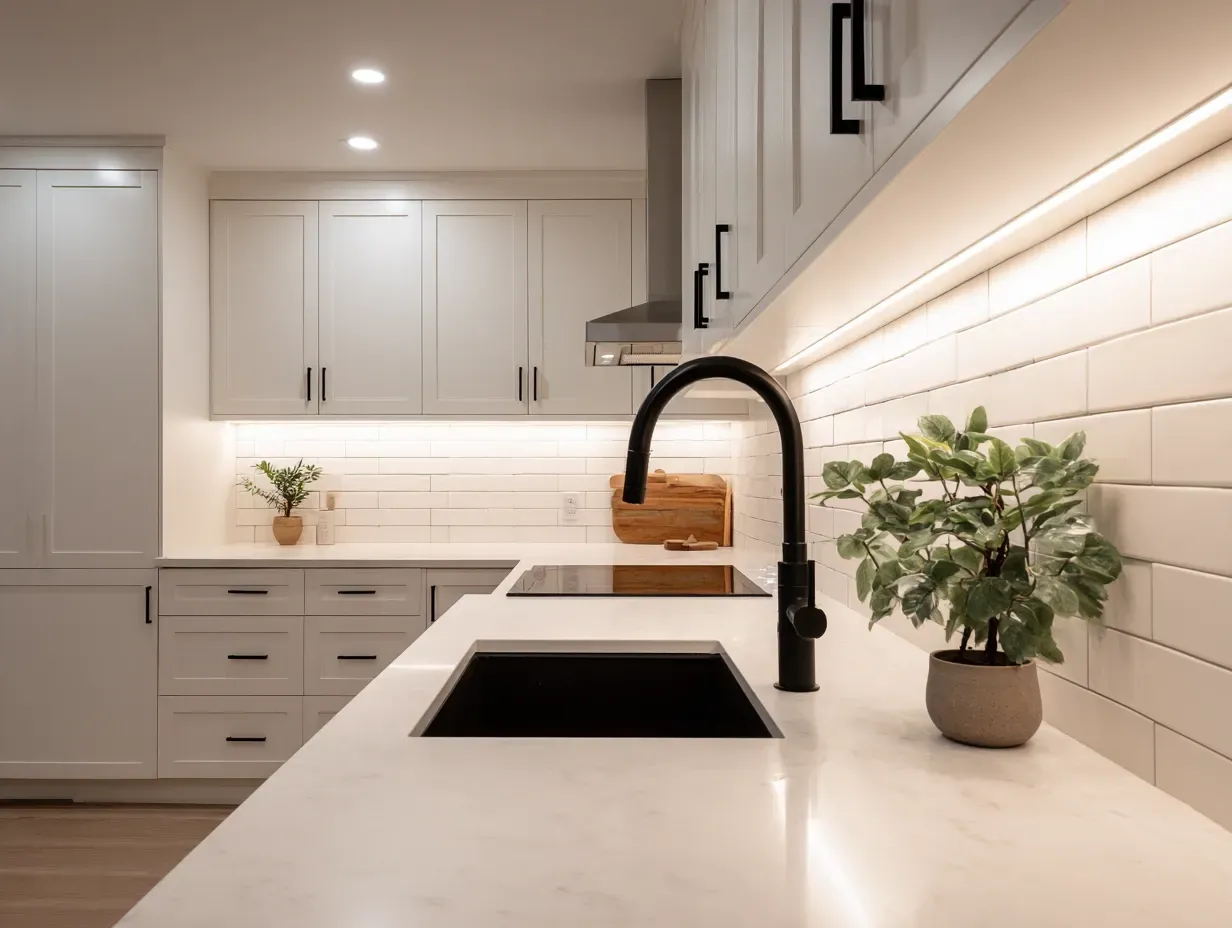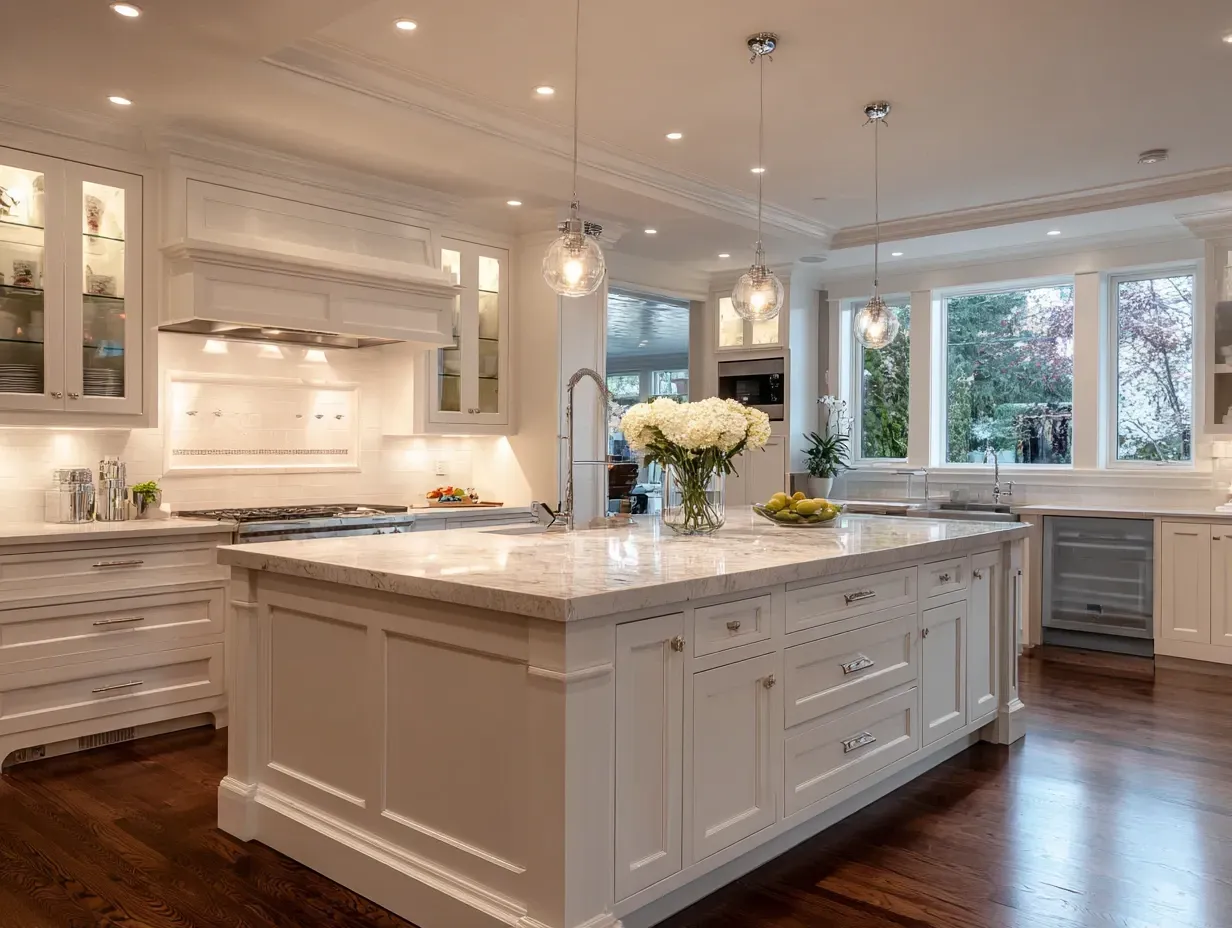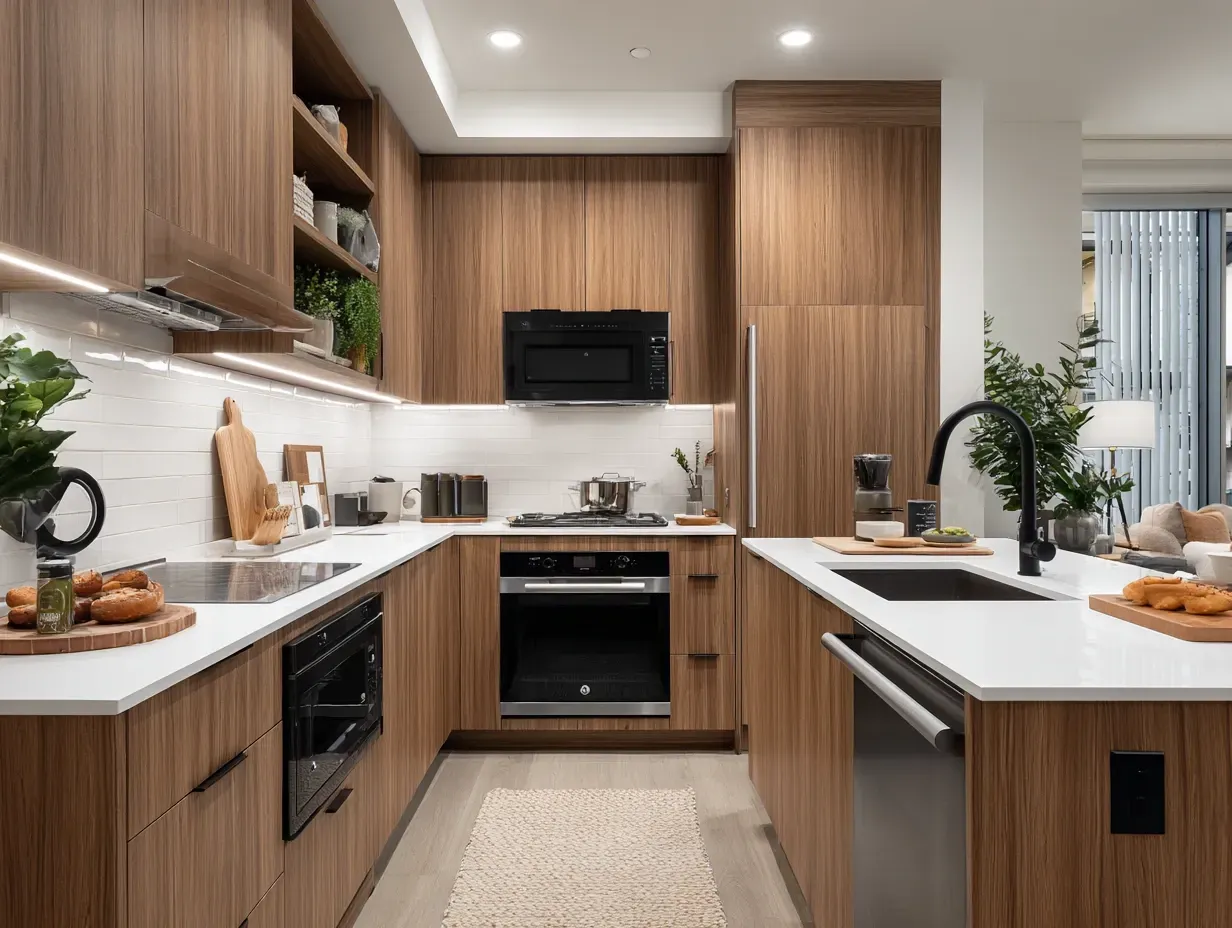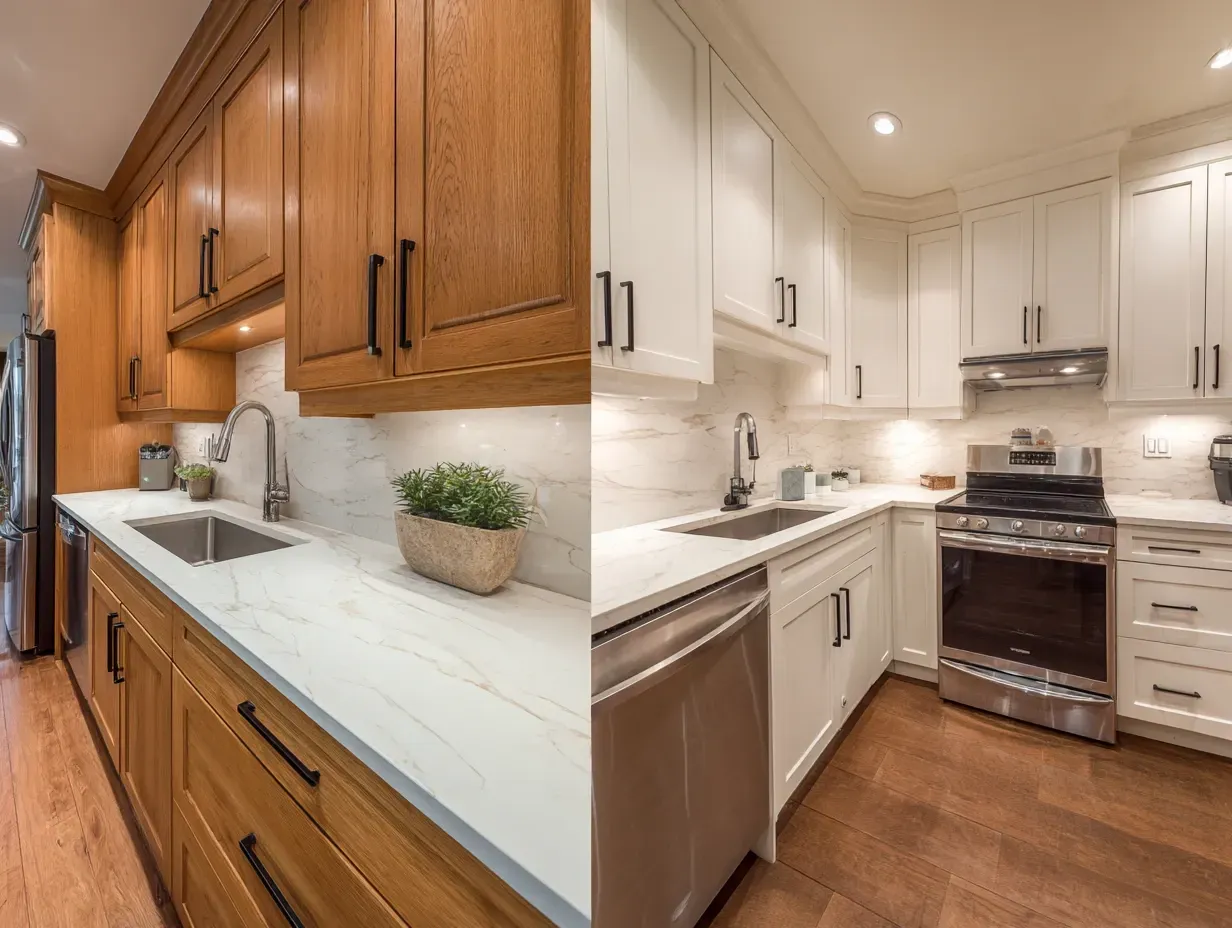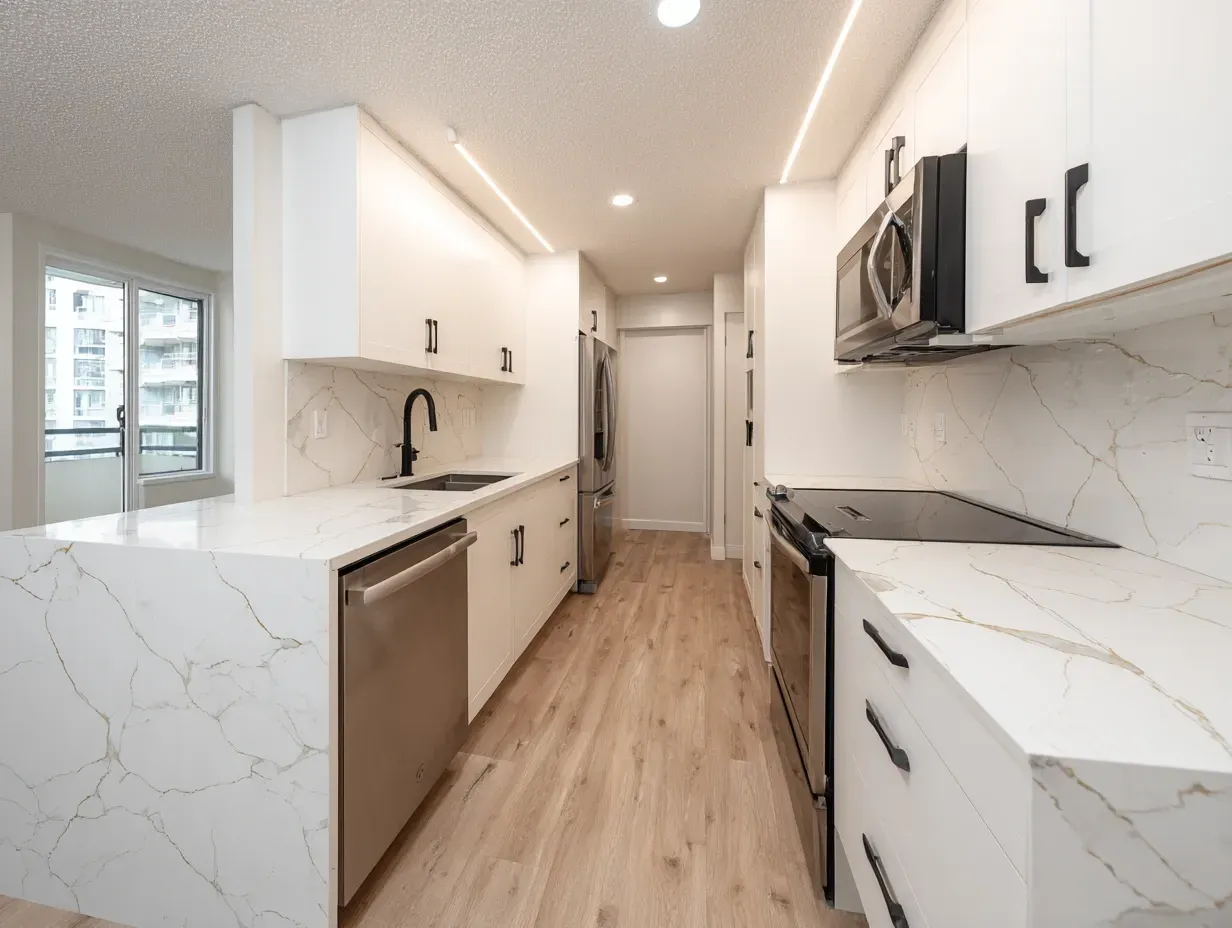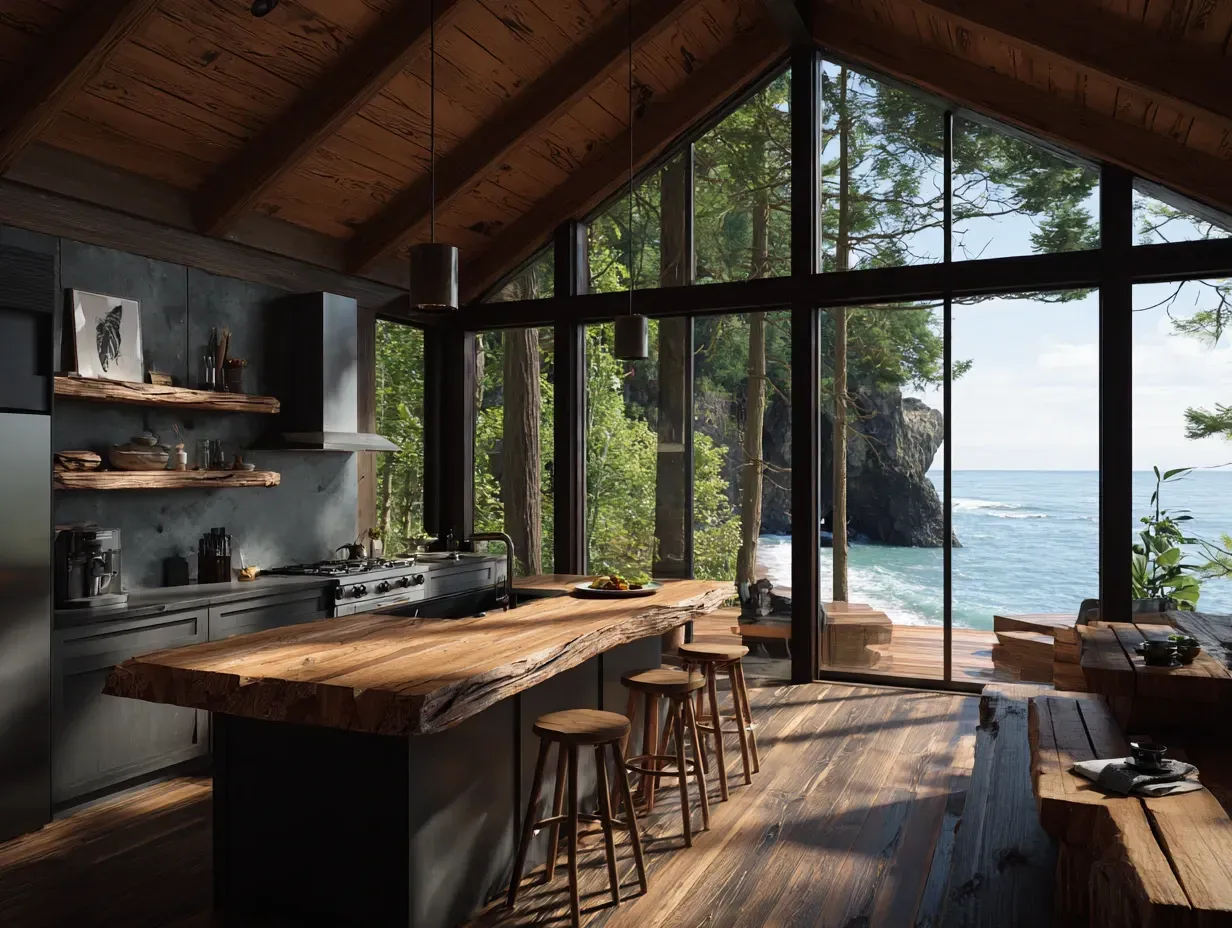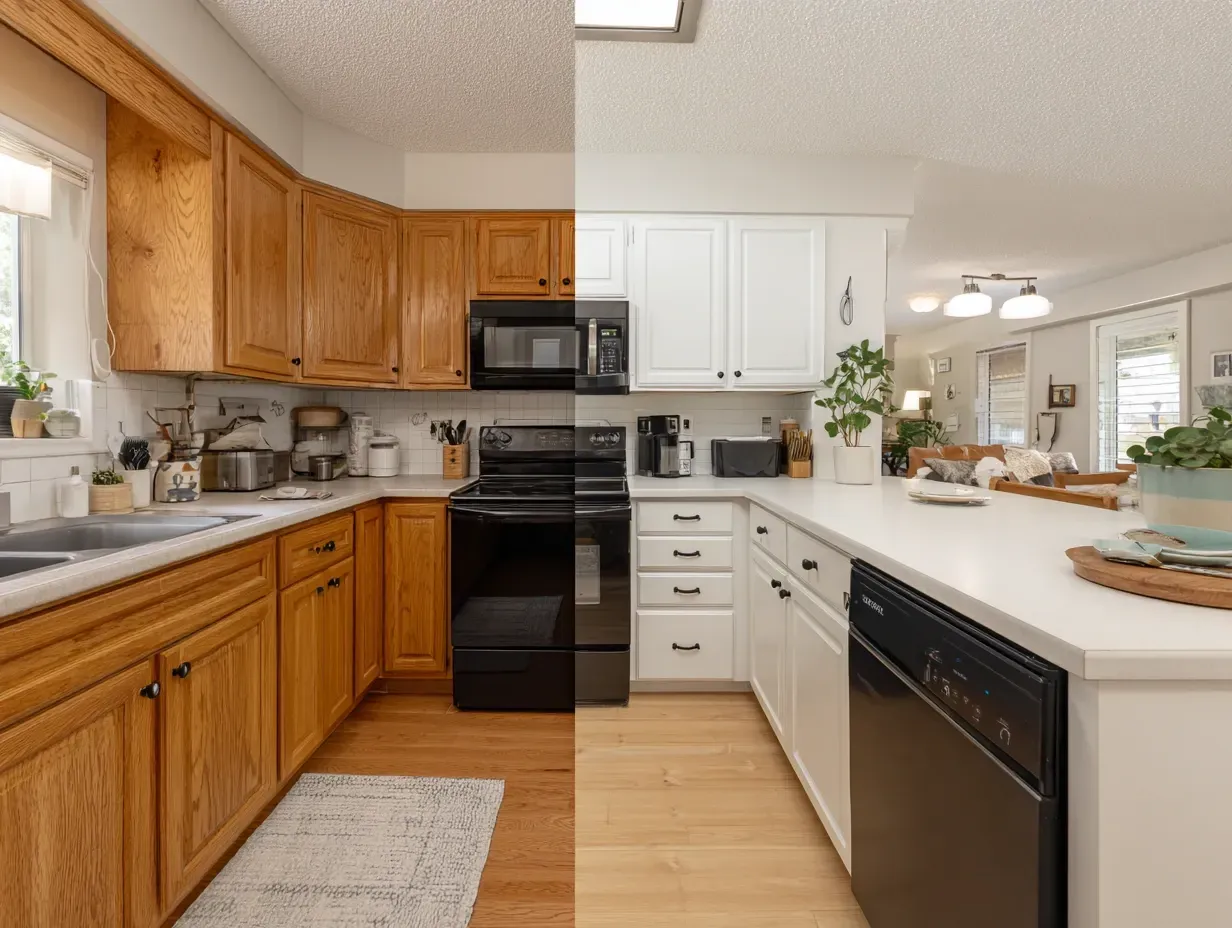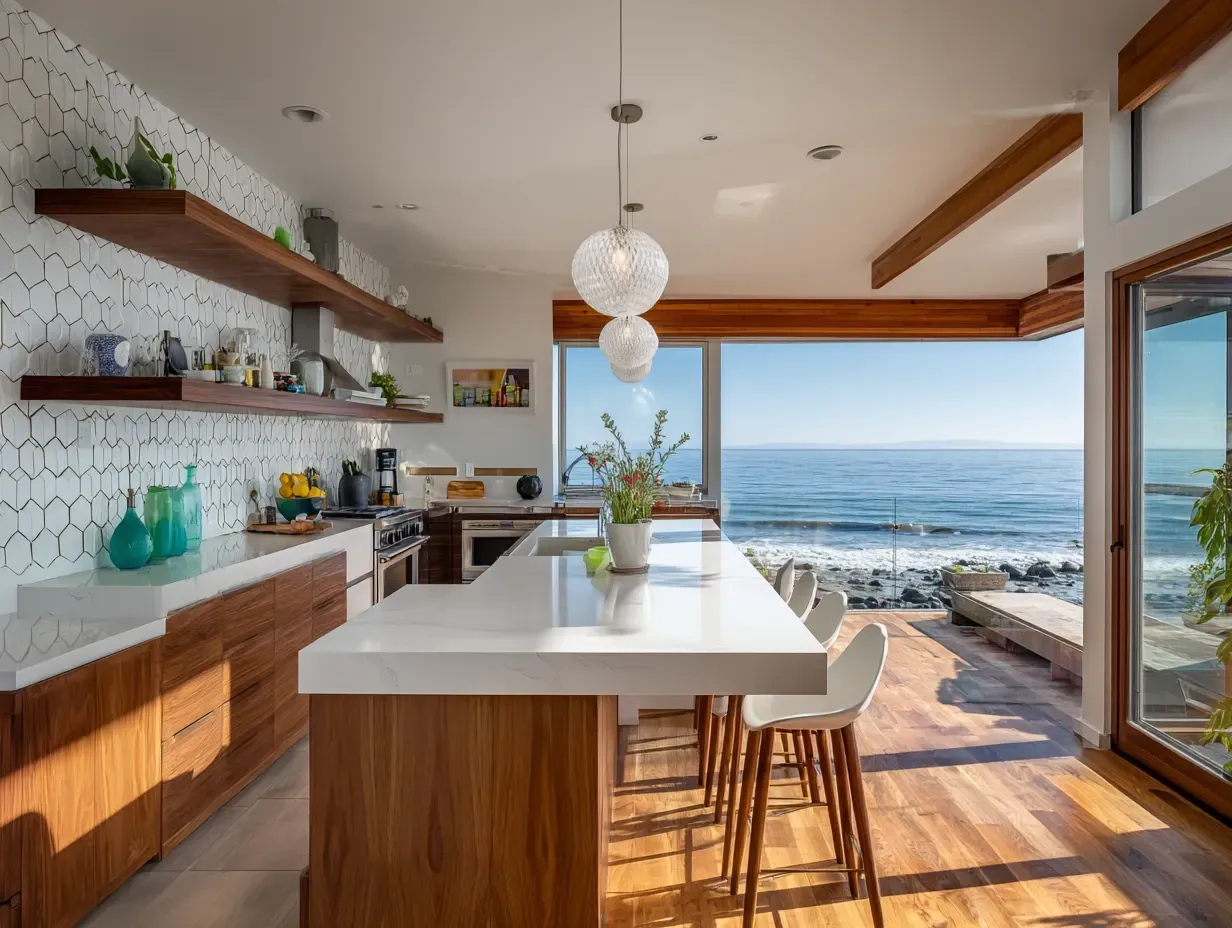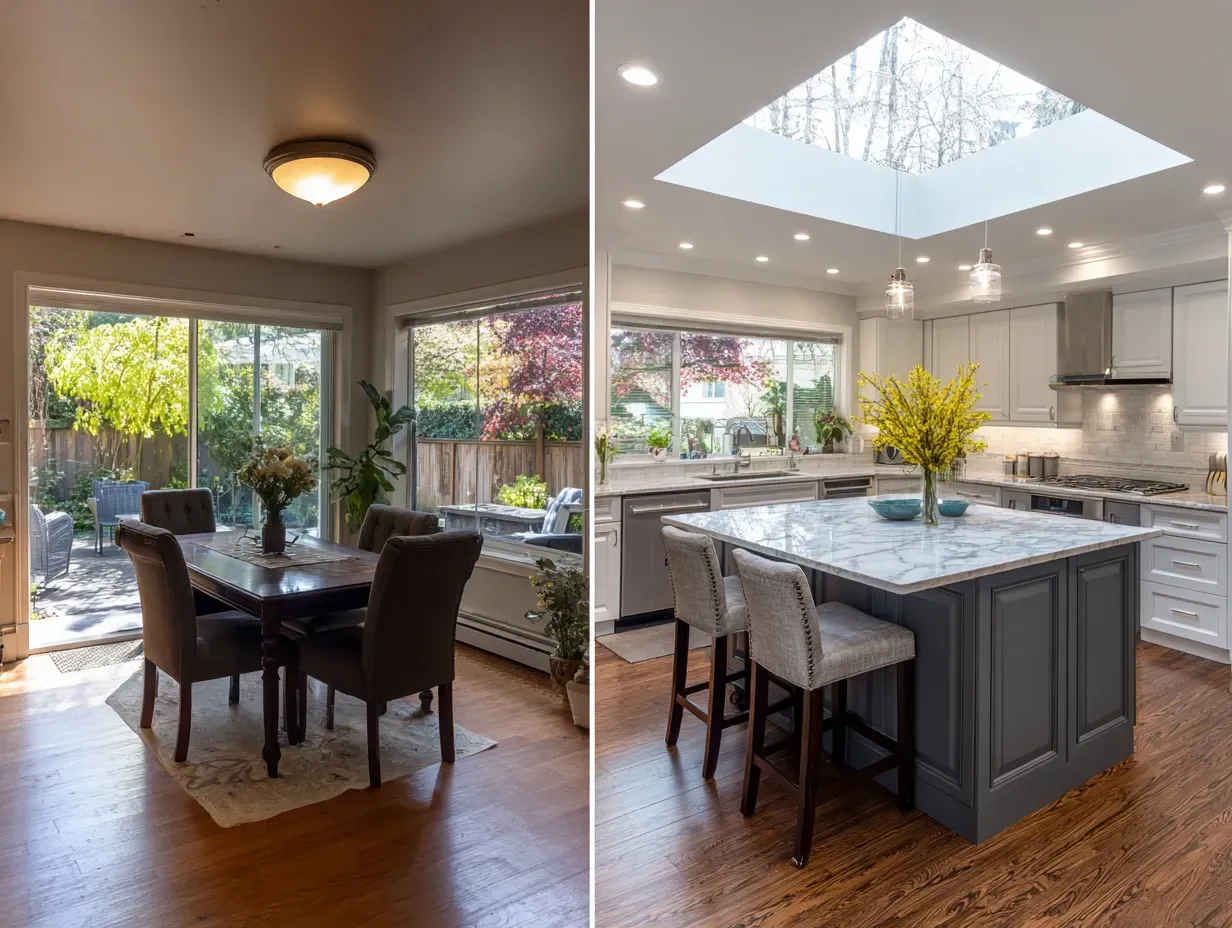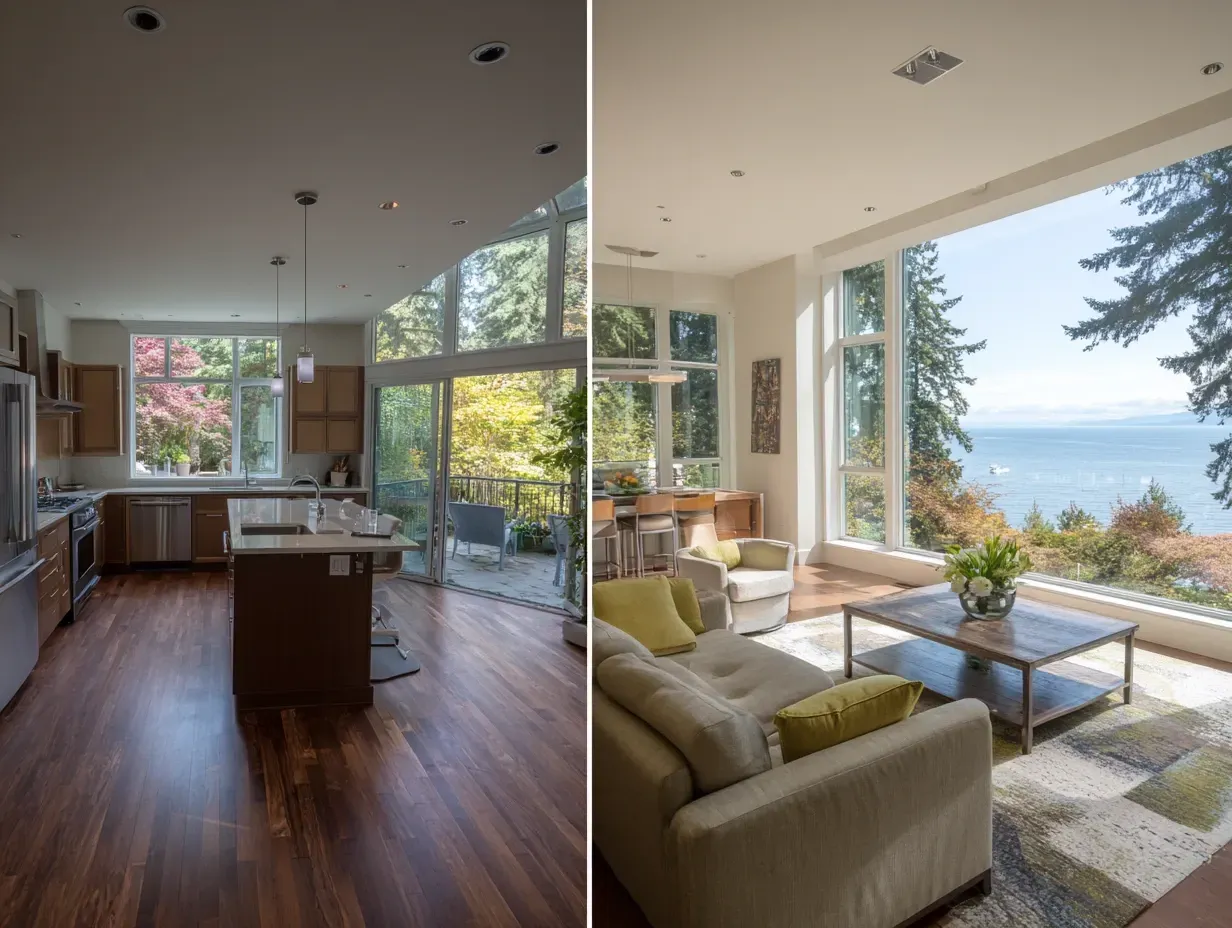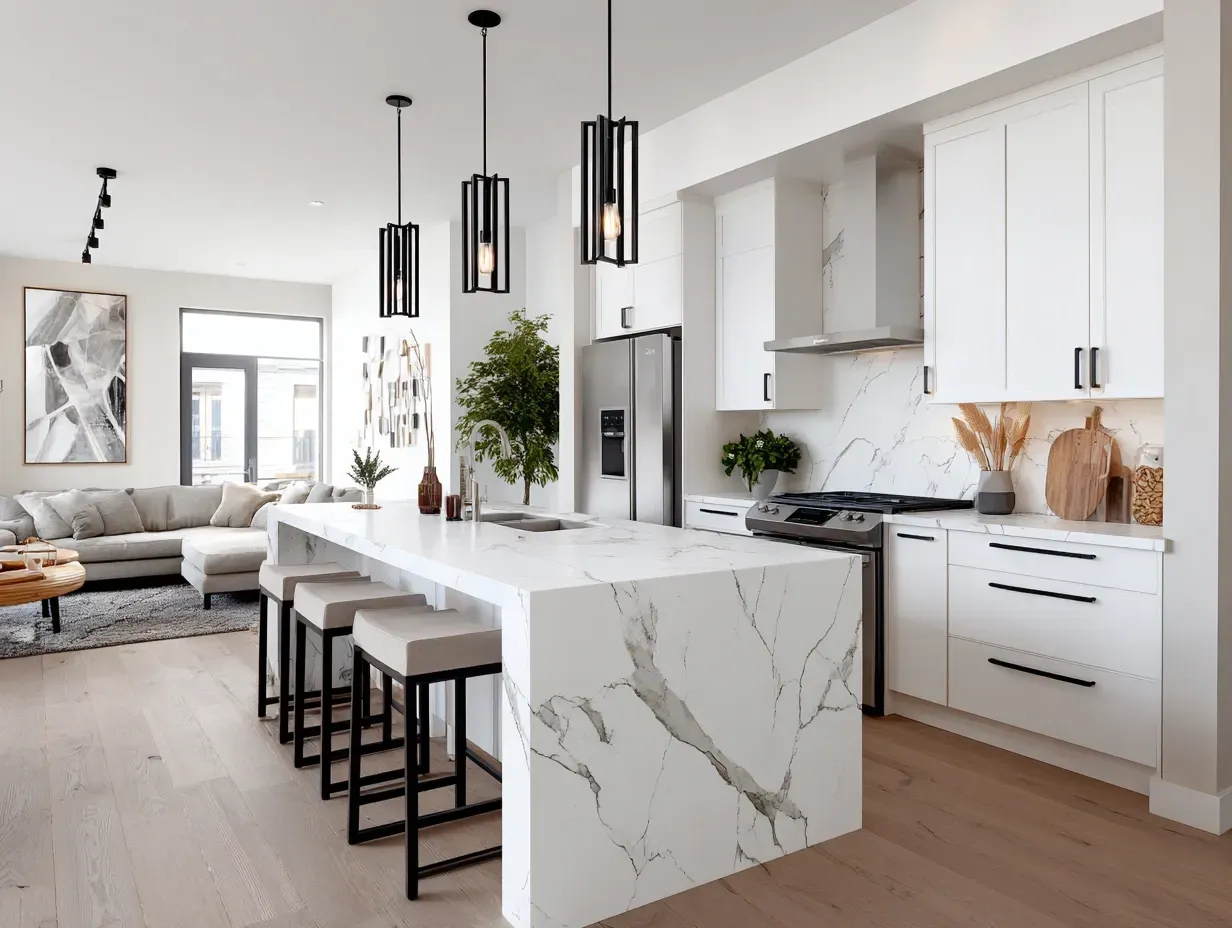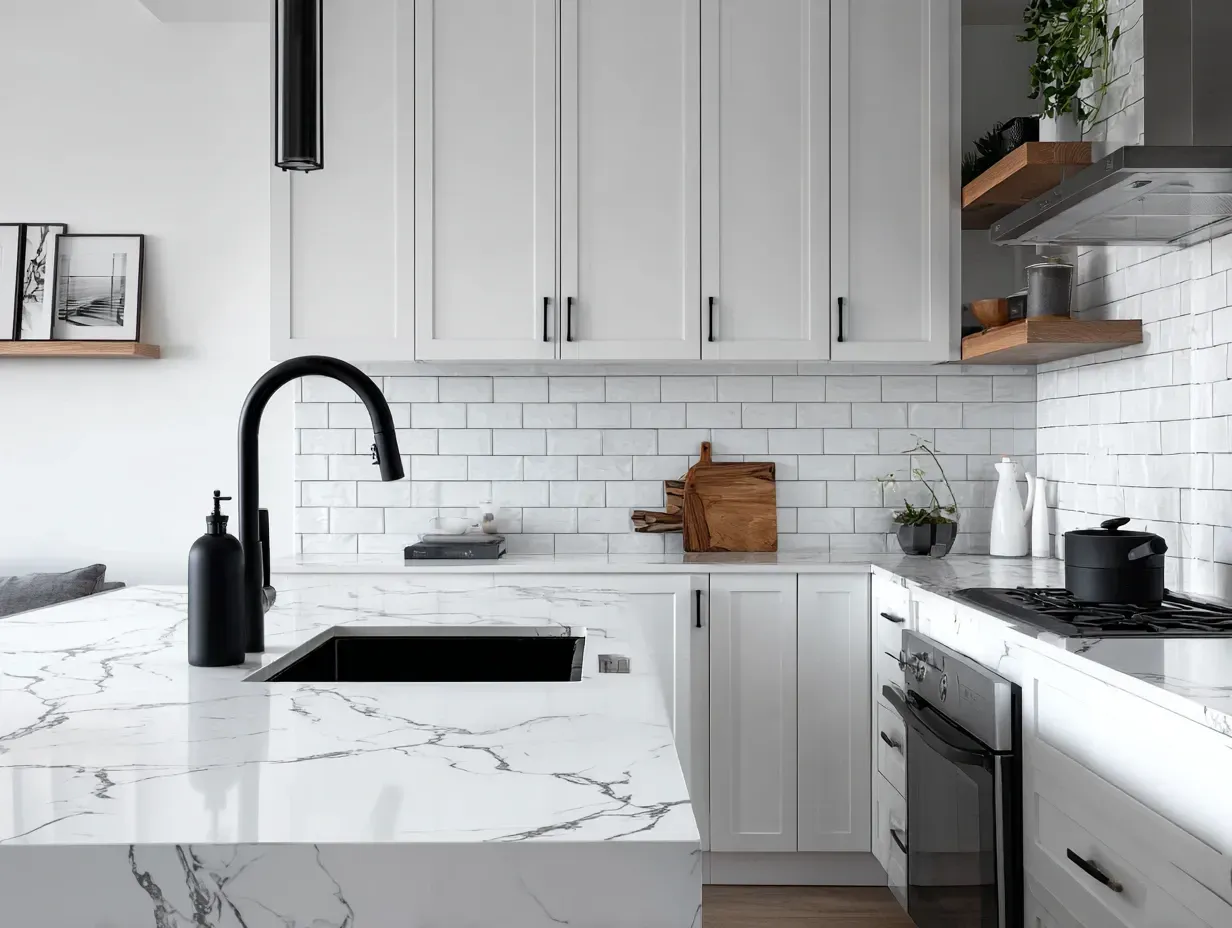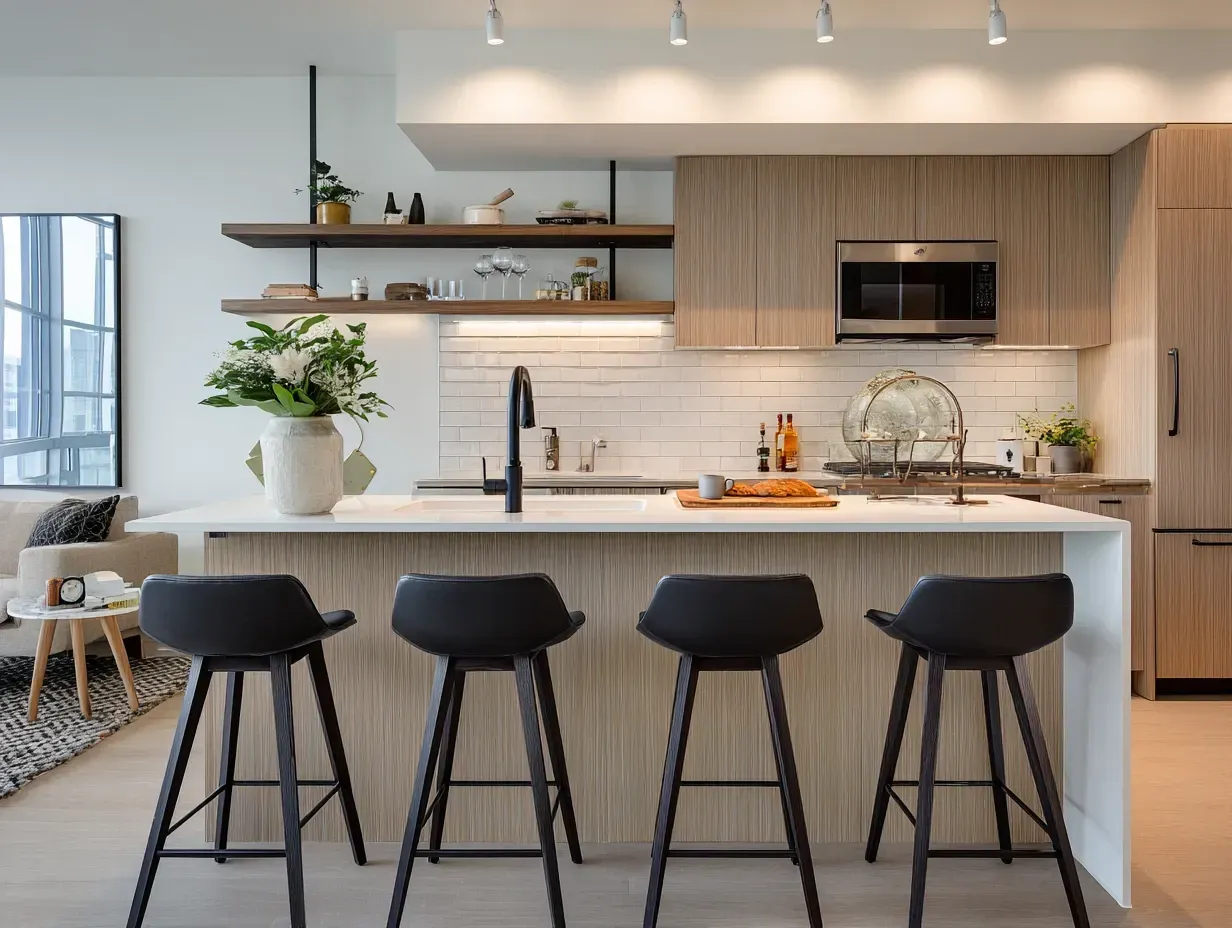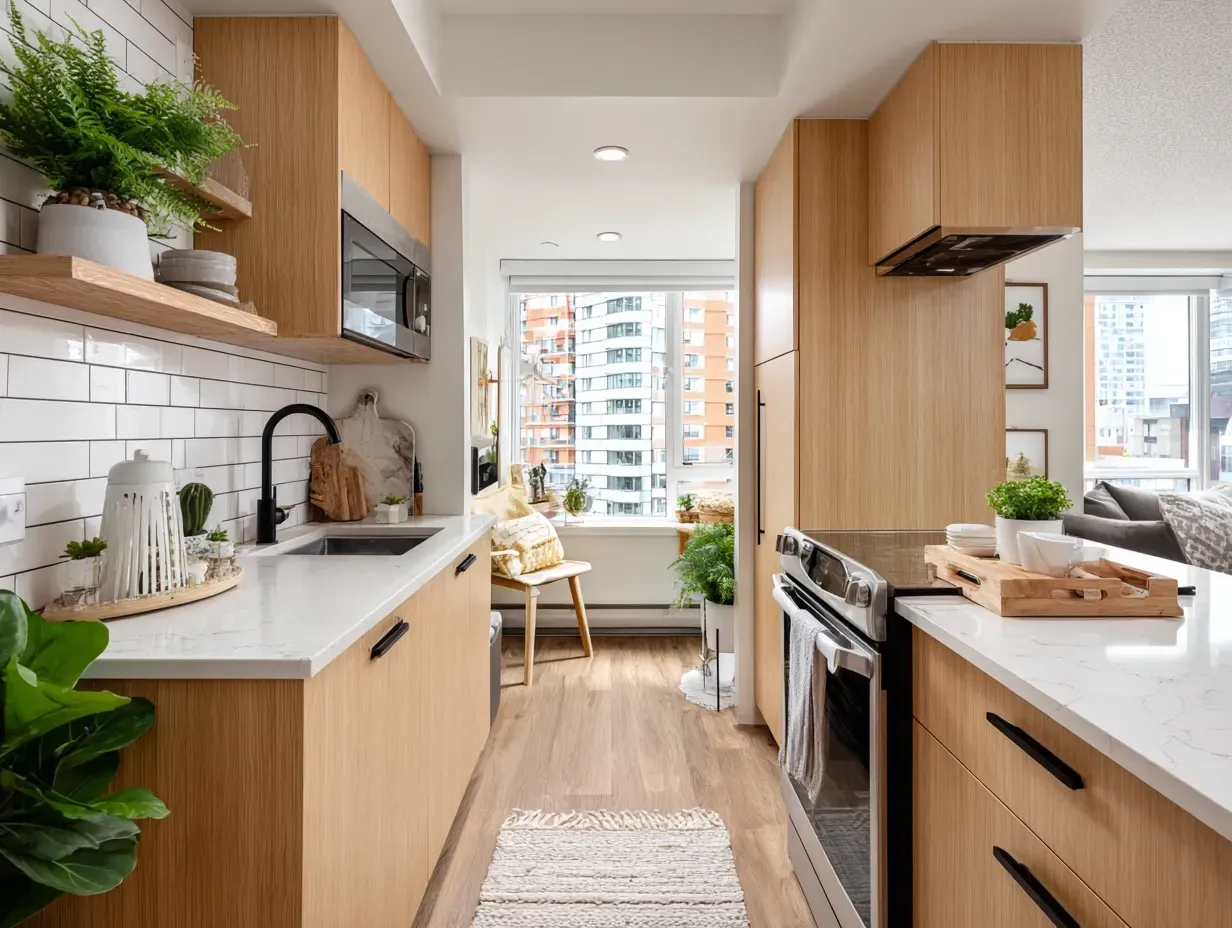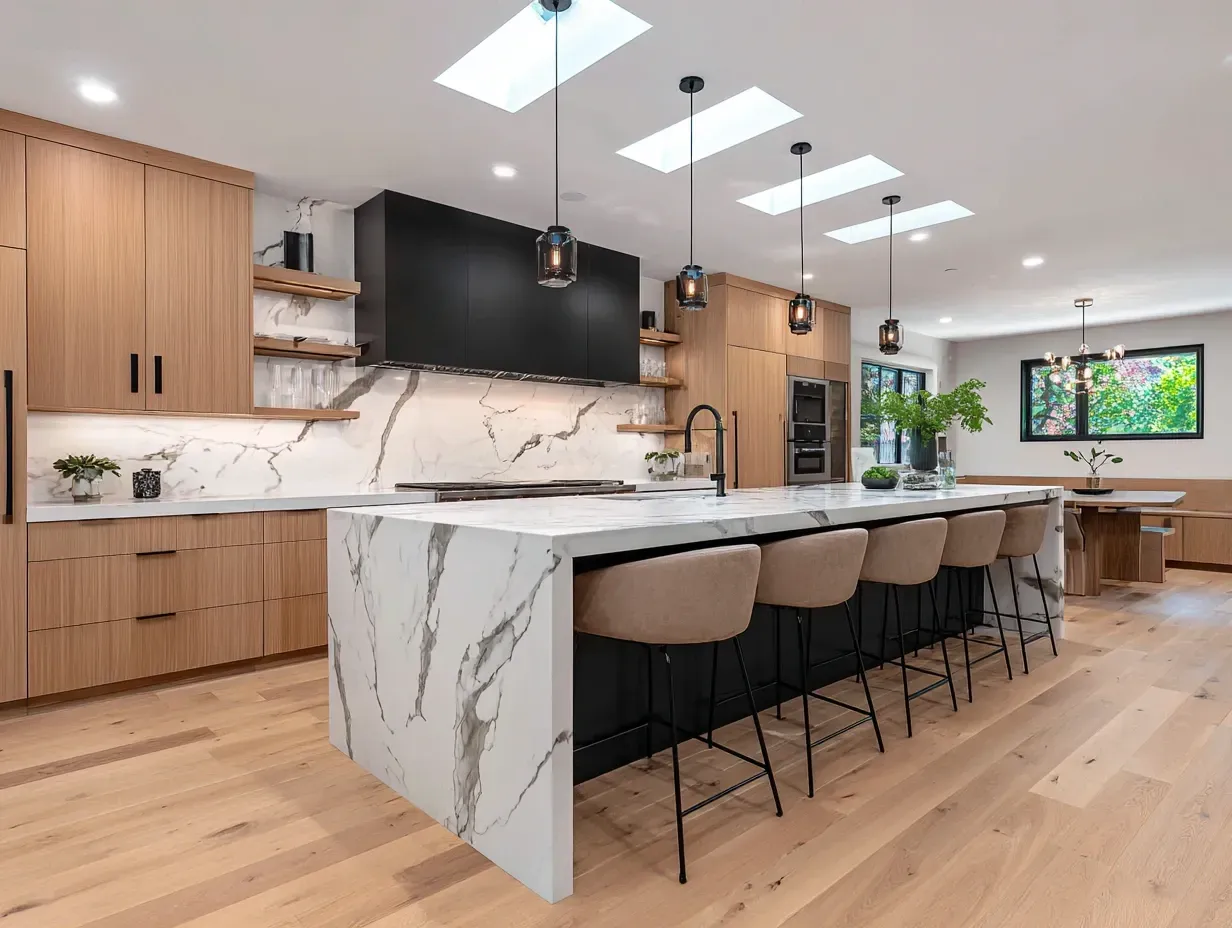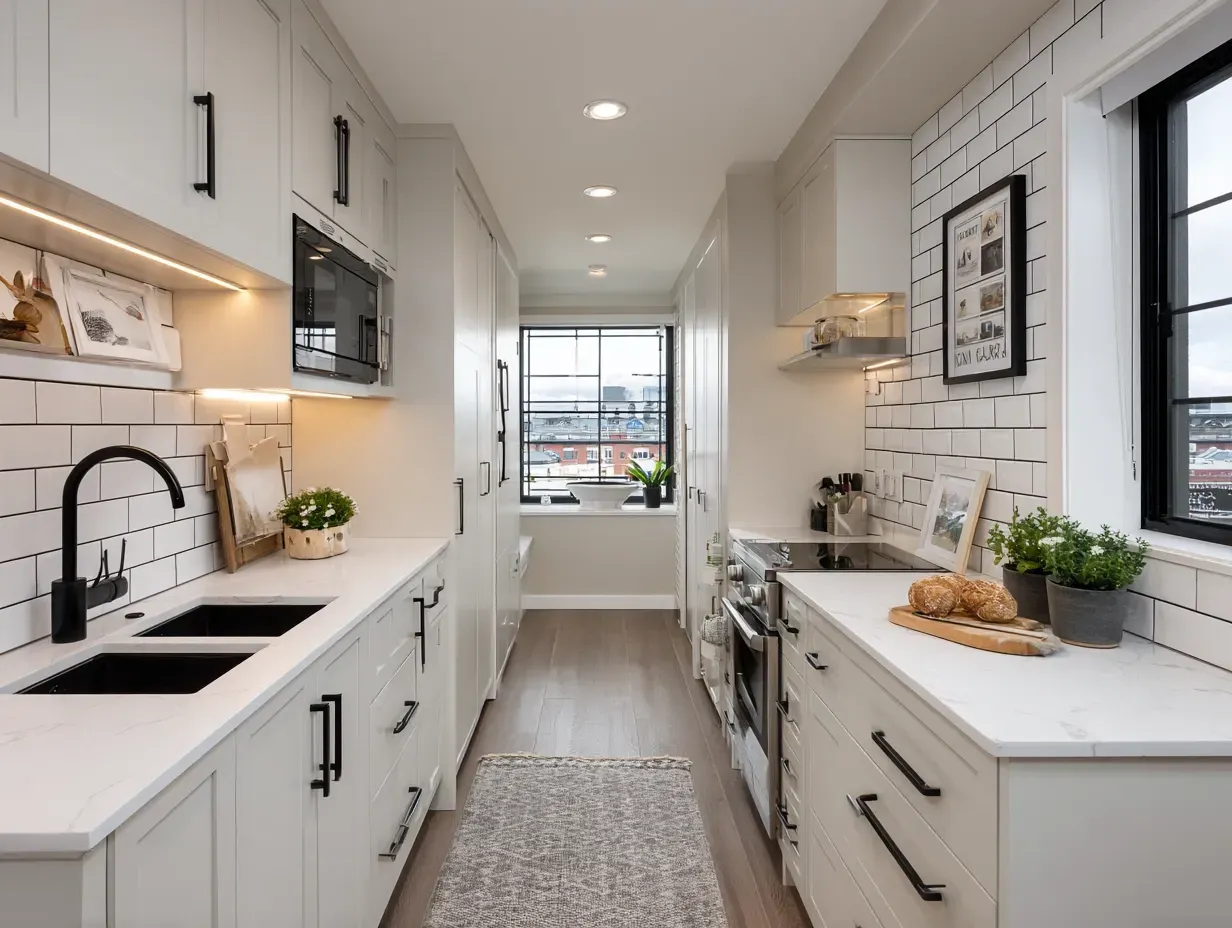Most Common Kitchen Remodel Mistakes to Avoid
Renovation Regrets: The Most Common Kitchen Remodel Mistakes and How to Avoid Them
Embarking on a kitchen remodel is one of the most exciting and rewarding projects a homeowner can undertake.
It’s a chance to transform the heart of your home, tailoring it perfectly to your family’s needs and your personal style. However, this complex and expensive journey is also filled with potential pitfalls that can lead to budget overruns, functional frustrations, and lasting regrets.
In a high-stakes real estate market like Vancouver, where every renovation dollar is a significant investment, avoiding common mistakes is not just about saving a headache—it's about protecting the value of your home.
A successful kitchen remodel is born from meticulous planning and the wisdom to sidestep the shortcuts.
This guide highlights the most common mistakes made during a kitchen remodel and provides the smart solutions to ensure your project is a resounding success from start to finish.
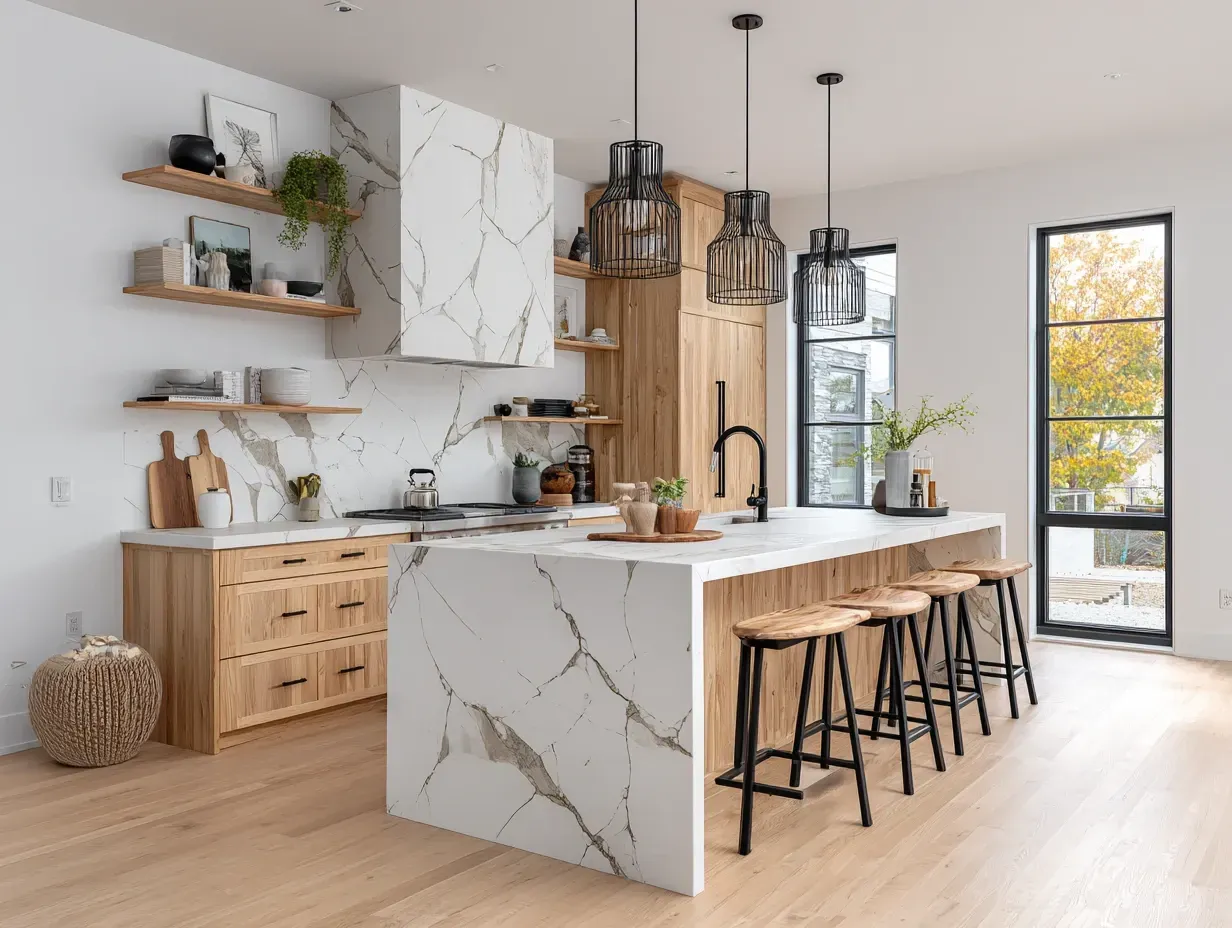
Mistake #1: Underestimating the True Cost
The Pitfall: One of the most frequent errors is creating a budget based solely on the beautiful, visible finishes—the cabinets, the countertops, the appliances.
Homeowners often forget to account for the substantial "invisible" costs: labour, demolition, waste disposal, taxes, design fees, and building permits. The single biggest budgeting error, however, is failing to set aside a robust contingency fund.
The Smart Solution: A realistic budget is an all-inclusive budget. Work with your contractor or designer to create a detailed, itemized cost breakdown that covers every aspect of the project. Critically, you must build a contingency fund of 15-20% of your total project cost into your budget before you start.
This is non-negotiable, especially in older Vancouver homes where surprises like outdated wiring, hidden plumbing issues, or asbestos are common discoveries once walls are opened. This fund isn't for upgrades; it's a safety net that turns a potential crisis into a manageable problem.
Mistake #2: Prioritizing Trends Over Timeless Function
The Pitfall: It’s easy to get swept up in the aesthetics of a "Pinterest-perfect" kitchen and forget the room’s primary purpose: cooking. This mistake leads to layouts that look beautiful in photos but are frustrating in practice.
Common errors include insufficient landing space next to the oven or refrigerator, a poorly planned "work triangle" (the path between the sink, stove, and fridge), or an island that obstructs major traffic paths.
The Smart Solution: Before you fall in love with a look, map out your workflow. Think about how you actually use your kitchen. Trace your steps from unloading groceries, to washing and prepping food, to cooking, and finally to serving and cleaning up.
A skilled kitchen designer is invaluable here. They are trained to create layouts that are not only beautiful but also ergonomic and highly efficient, ensuring your stunning new kitchen is a joy to work in, not just to look at.

Mistake #3: Treating Lighting as an Afterthought
The Pitfall: Relying on a single, central light fixture is a recipe for a dim, shadow-filled kitchen. Inadequate lighting makes a kitchen feel smaller and makes prep work difficult and even unsafe.
The Smart Solution: In a city known for its grey, rainy days, a strategic lighting plan is essential for creating a bright, welcoming space. Embrace a layered lighting approach.
- Ambient: Start with a foundation of general light from recessed pot lights.
- Task: This is the most critical layer. Install focused lighting directly over your work zones. Under-cabinet lighting is the single most important, non-negotiable element for illuminating your countertops and eliminating shadows.
- Accent: Add personality with decorative pendants over an island or soft, in-cabinet lighting. Every light should be on a dimmer switch to allow you to adjust the mood for any occasion.
Mistake #4: Wasting Storage Opportunities
The Pitfall: Focusing only on the exterior look of the cabinets without planning for what will go inside them. This leads to standard, empty boxes with deep, inaccessible corners and wasted vertical space, resulting in cluttered countertops.
The Smart Solution: Plan your storage from the inside out. In lower cabinets, opt for deep, full-extension drawers over standard cupboards—they are far more accessible and hold more. Maximize your vertical real estate by taking cabinets all the way to the ceiling.
Most importantly, incorporate smart storage solutions like narrow pull-out pantries, blind corner systems (like a LeMans unit), integrated trash and compost pull-outs, and appliance garages to keep countertops clear.
In Vancouver’s often-compact homes, maximizing every square inch is key to a functional, organized space.

Mistake #5: Ignoring Strata Bylaws and City Permits
The Pitfall: In an effort to save time or money, some homeowners are tempted to proceed with work without obtaining the necessary approvals from their strata council or a building permit from the city.
The Smart Solution: This is a catastrophic mistake with serious long-term consequences. In Vancouver, Strata Council approval is your first step for any significant renovation in a condo. Ignoring their bylaws can lead to fines, stop-work orders, and even legal action.
Similarly, trying to skip the municipal permit process for any project involving structural, plumbing, or electrical changes is a huge risk.
It can jeopardize your home insurance, create major problems when you try to sell your property, and may result in the city forcing you to tear out finished work to prove it was done to code.
Permits and approvals are not red tape; they are essential protections for your safety and your investment.
Mistake #6: Hiring the Wrong Contractor
The Pitfall: Choosing a contractor based solely on the lowest bid, or hiring the first person who is "available" without doing proper due diligence.
The Smart Solution: Treat hiring a contractor like a job interview. Always get at least three detailed, itemized bids to compare.
The lowest price is often a red flag. Vet every candidate thoroughly by verifying their business license, liability insurance, and WorkSafeBC coverage—these are non-negotiable protections for you.
Call their recent references and ask detailed questions about their experience. Finally, insist on a comprehensive written contract before any money changes hands or work begins.
A true professional may cost more upfront and have a longer waitlist, but their expertise, reliability, and process will save you money and stress in the long run.
The Final Word
A beautiful and functional kitchen remodel is not a matter of luck; it's the direct result of thoughtful, meticulous planning.
By taking the time to create a realistic budget, design for function first, and partner with qualified professionals, you can successfully navigate the complexities of a renovation and avoid the common pitfalls.
The effort you invest in the planning phase will be returned to you tenfold in a stunning, hardworking kitchen that you and your family will love for years to come.
Recent Posts
